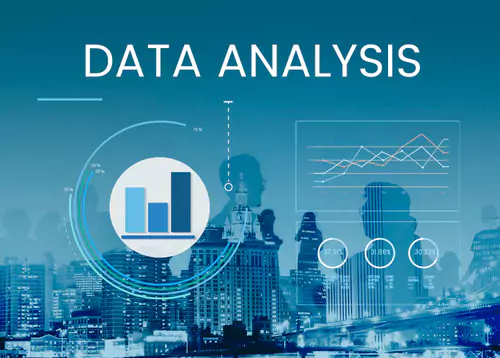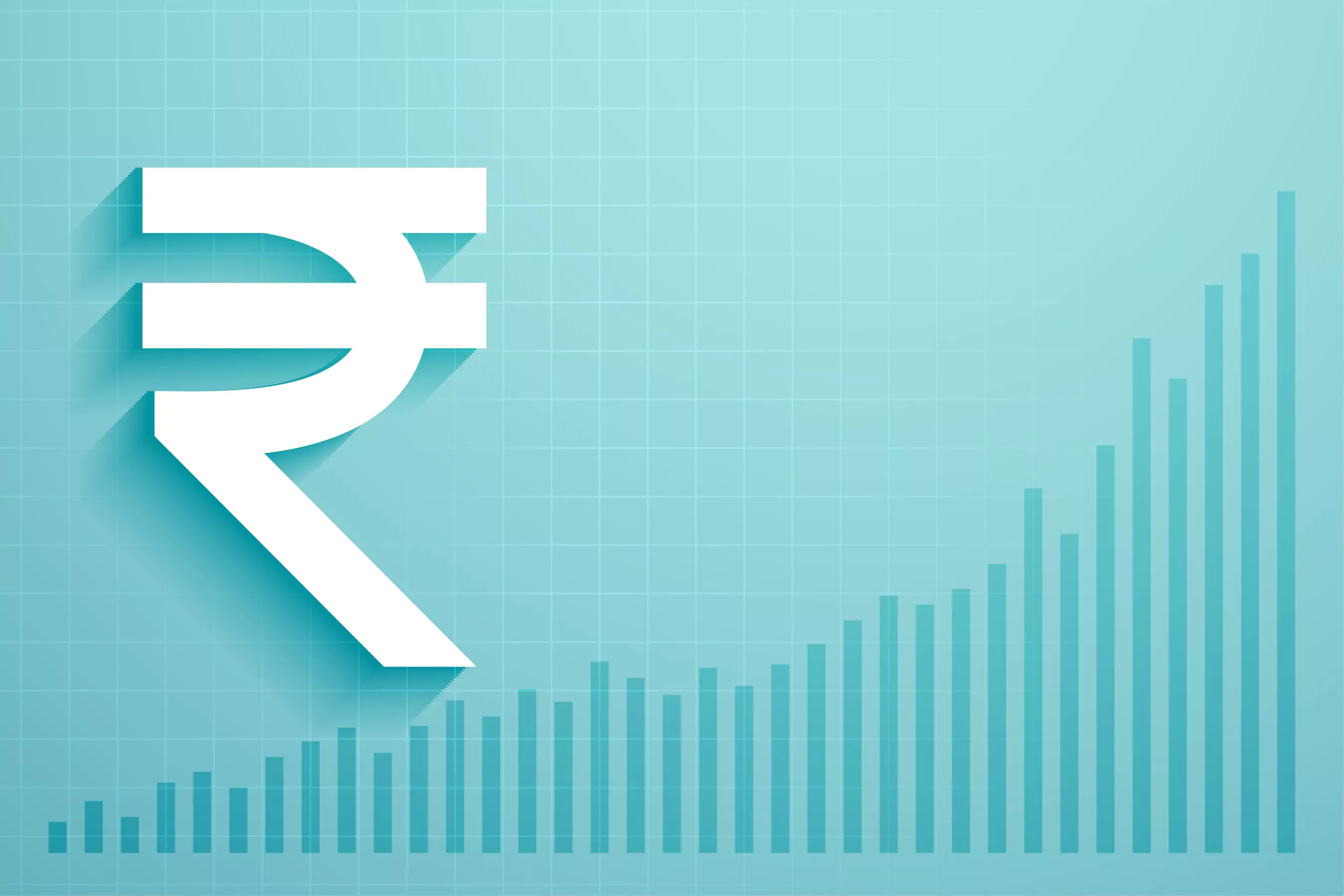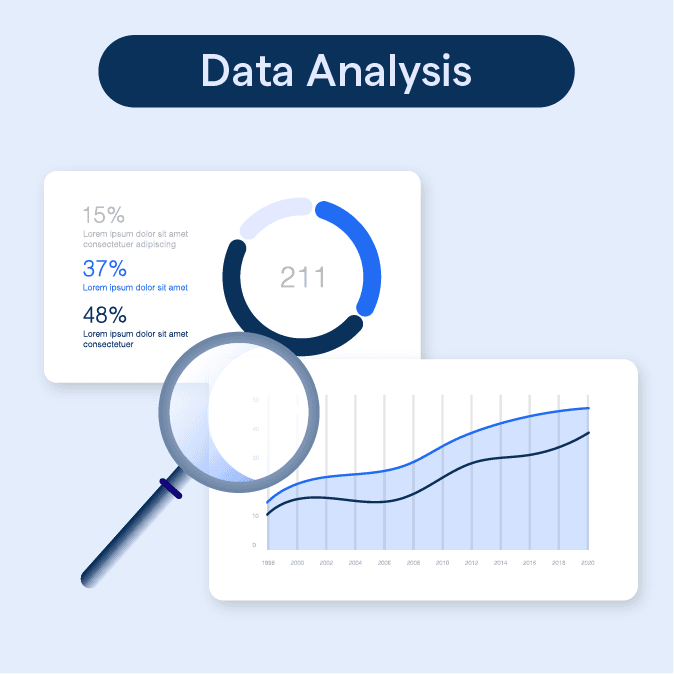What is Data Analysis?

Data analysis refers to the process of inspecting, cleansing, transforming, and modeling data with the goal of discovering useful information, drawing conclusions, and supporting decision-making. It involves applying various techniques and tools to extract meaningful insights from data sets.
Importance of Data Analysis
Data analysis is crucial in today's data-driven world as it helps organizations make informed decisions, uncover hidden patterns and trends, identify anomalies, and improve overall efficiency. By analyzing data, businesses can gain a competitive edge and optimize their operations for success.
Role of Data Analysis in Decision-Making
Data analysis plays a vital role in decision-making by providing reliable information and insights. It helps decision-makers evaluate different options, assess risks, and forecast outcomes based on data-driven evidence. By using data analysis, organizations can make more accurate and informed decisions, leading to better outcomes.
Types of Data Analysis
Descriptive Analysis
Descriptive analysis involves summarizing and describing data in a meaningful way. It aims to provide a snapshot of the data's characteristics and properties. Descriptive analysis techniques include measures of central tendency, such as mean and median, as well as graphical representations like histograms and pie charts.
Diagnostic Analysis
Diagnostic analysis focuses on understanding the causes and relationships between different variables within a dataset. It aims to answer the question "Why did it happen?" by examining historical data and identifying factors that contribute to specific outcomes. Techniques used in diagnostic analysis include regression analysis and correlation analysis.
Predictive Analysis
Predictive analysis aims to forecast future outcomes based on historical data patterns and trends. It uses statistical modeling and machine learning algorithms to make predictions and estimates. Predictive analysis can be used in various fields, such as sales forecasting, risk assessment, and demand prediction.
Prescriptive Analysis
Prescriptive analysis goes beyond predictive analysis by recommending the best course of action to optimize outcomes. It considers different scenarios and constraints to provide actionable insights and decision support. Prescriptive analysis techniques include optimization algorithms, simulation models, and decision trees.
Why is Data Analysis Important?
Improved Decision-Making
Data analysis provides decision-makers with valuable insights and evidence to support their choices. It helps reduce uncertainty, minimizes risks, and increases the chances of making the right decisions based on data-driven information.
Identifying Trends and Patterns
Data analysis enables the identification of trends and patterns within datasets that may not be apparent at first glance. By analyzing historical data, businesses can uncover valuable insights that can guide future strategies and actions.
Detecting Anomalies and Errors
Data analysis helps identify outliers, anomalies, and errors within datasets. By detecting these issues early on, organizations can take corrective measures, ensure data integrity, and improve the accuracy of their analyses.
Enhancing Efficiency and Productivity
Data analysis allows businesses to streamline their operations, optimize processes, and improve overall efficiency. By analyzing data on key performance indicators (KPIs), organizations can identify bottlenecks, inefficiencies, and areas for improvement.
When to Use Data Analysis?
Situations That Require Data Analysis
Data analysis is useful in various situations, including:
- Making strategic business decisions
- Assessing market trends and customer behavior
- Analyzing financial data and performance metrics
- Detecting fraud and security breaches
- Optimizing supply chain and inventory management
Industries That Utilize Data Analysis
Finance

Financial institutions heavily rely on data analysis for risk assessment, fraud detection, investment strategies, and compliance reporting. Data analysis helps in evaluating market trends, predicting stock prices, and optimizing portfolio management.
Marketing
Data analysis plays a crucial role in marketing by analyzing customer demographics, preferences, and purchase behavior. It helps businesses understand their target audience, optimize marketing campaigns, and personalize customer experiences.
Healthcare
In the healthcare industry, data analysis is used for clinical research, patient diagnosis, treatment optimization, and healthcare management. It helps in identifying disease patterns, predicting patient outcomes, and improving overall healthcare delivery.
Retail
Retailers use data analysis to understand consumer buying behavior, optimize pricing strategies, and manage inventory effectively. It enables businesses to personalize marketing efforts, identify cross-selling opportunities, and enhance customer satisfaction.
Manufacturing
Data analysis in manufacturing helps optimize production processes, reduce defects, and ensure quality control. It enables manufacturers to analyze sensor data from equipment, forecast demand, and identify areas for process improvement.
How does Data Analysis work?
Defining the Problem
The first step in data analysis is clearly defining the problem or objective. This involves understanding the context, determining the scope of analysis, and setting specific goals to guide the analysis process.
Data Collection
Data collection involves gathering relevant data from various sources, such as databases, surveys, or sensors. It is important to ensure the data collected is accurate, comprehensive, and representative of the problem at hand.
Data Cleaning and Preparation
Data cleaning and preparation involve removing inconsistencies, errors, and outliers from the dataset. This step also includes transforming and restructuring the data to make it suitable for analysis.
Exploratory Data Analysis
Exploratory data analysis involves examining the dataset using statistical techniques and visualization tools to understand its characteristics, patterns, and relationships. It helps identify trends, outliers, and potential insights.
Applying Statistical Techniques
Statistical techniques such as regression analysis, hypothesis testing, clustering, and time series analysis are applied to extract meaningful insights and validate hypotheses. These techniques help uncover relationships, make predictions, and test for statistical significance.
Data Visualization
Data visualization is used to present the findings of the analysis in a visual and intuitive manner. It involves creating charts, graphs, and dashboards to communicate the results effectively.
Drawing Conclusions and Making Recommendations
In the final step, conclusions are drawn based on the analysis results, and recommendations or actions are proposed. The insights gained from the analysis guide decision-making and help address the initial problem or objective.
Who Uses Data Analysis?
Data Scientists
Data scientists are experts in analyzing complex datasets, developing statistical models, and applying machine learning algorithms. They use data analysis techniques to extract insights, build predictive models, and drive data-driven decision-making.
Business Analysts
Business analysts use data analysis to understand business processes, identify opportunities for improvement, and make recommendations to optimize performance. They analyze data to generate insights that help businesses achieve their objectives.
Market Researchers
Market researchers employ data analysis to understand consumer behavior, evaluate market trends, and conduct competitive analysis. They use statistical techniques to interpret survey data, analyze market segments, and make data-driven recommendations.
Financial Analysts
Financial analysts rely on data analysis to evaluate financial data, assess investment opportunities, and forecast financial performance. They use techniques like ratio analysis, cash flow modeling, and valuation methods to support decision-making.
Operations Managers
Operations managers leverage data analysis to optimize processes, improve efficiency, and enhance productivity. They use data to identify bottlenecks, analyze production metrics, and implement strategies for process improvement.
Challenges in Data Analysis
Data Quality and Integrity
Data analysis is dependent on the quality and integrity of the data being analyzed. Challenges can arise from incomplete or inaccurate data, data inconsistencies, or missing values. It is essential to ensure data quality before conducting analysis.
Lack of Domain Knowledge
Data analysis requires a deep understanding of the domain or industry being analyzed. Lack of domain knowledge can lead to misinterpretation of data, incorrect assumptions, and flawed analysis. Collaboration with domain experts is crucial for accurate analysis.
Data Privacy and Security Concerns
Data privacy and security concerns pose challenges in data analysis. Ensuring compliance with data protection regulations and implementing robust security measures are essential to maintain the confidentiality and integrity of sensitive data.
Choosing the Right Analytical Techniques
Selecting the appropriate analytical techniques for a given analysis can be challenging. Different analysis techniques are suited for different types of problems and datasets. It requires expertise to choose the right techniques that will yield meaningful insights.
Tools and Techniques for Data Analysis
Microsoft Excel
Microsoft Excel is a widely used spreadsheet software that offers basic data analysis capabilities. It provides functions, formulas, and built-in features for data manipulation, visualization, and basic statistical analysis.
Python
Python is a versatile programming language commonly used for data analysis. It offers numerous libraries and packages, such as NumPy, Pandas, and Matplotlib, which provide powerful tools for data manipulation, analysis, and visualization.
R Programming Language
R is a programming language specifically designed for statistical analysis and data visualization. It provides a wide range of packages, such as dplyr, ggplot2, and caret, which make data analysis tasks efficient and straightforward.
Tableau
Tableau is a popular data visualization tool that allows users to create interactive dashboards and visualizations. It enables users to explore and present data in a visually appealing and intuitive manner, facilitating data-driven decision-making.
Statistical Techniques in Data Analysis
Regression Analysis
Regression analysis is used to model the relationship between a dependent variable and one or more independent variables. It helps predict and quantify the impact of changes in independent variables on the dependent variable.
Hypothesis Testing
Hypothesis testing is a statistical technique used to make inferences about a population based on sample data. It involves formulating a hypothesis, collecting data, and analyzing the sample to determine the likelihood of the hypothesis being true.
Cluster Analysis
Cluster analysis is a technique used to group similar objects or data points into clusters based on their characteristics. It helps identify patterns and similarities within datasets, enabling segmentation and classification.
Time Series Analysis
Time series analysis is used to analyze data collected over time to identify trends, patterns, and seasonality. It enables forecasting future values based on historical patterns, making it valuable for predicting future outcomes.
Tips for Effective Data Analysis
Clearly Define Objectives
Clearly defining the objectives and scope of the analysis helps focus the analysis and ensures that the insights obtained are relevant and actionable.
Validate and Clean Data
Validating and cleaning the data is crucial for accurate analysis. This involves checking for data errors, outliers, and inconsistencies, and addressing them appropriately.
Utilize Multiple Analysis Techniques
Using a variety of analysis techniques helps gain different perspectives and validate findings. Combining descriptive, diagnostic, predictive, and prescriptive analysis techniques can provide comprehensive insights.
Collaborate and Communicate Findings
Collaboration with domain experts and stakeholders enhances the quality of analysis. Communicating findings effectively through visualizations, reports, and presentations facilitate understanding and decision-making based on the analysis.
Frequently Asked Questions
What is the primary goal of Data Analysis?
The primary goal of data analysis is to extract useful information, draw conclusions, and support decision-making from raw data.
How is Data Cleaning important in Data Analysis?
Data cleaning is crucial as it ensures accuracy, reliability, and consistency by identifying and fixing errors, inconsistencies, and inaccuracies in datasets.
What are some common Data Analysis techniques?
Some common techniques include descriptive statistics, data visualization, correlation analysis, regression analysis, and clustering.
Can Data Analysis help in predicting future outcomes?
Yes, data analysis can help predict future outcomes using techniques like time series analysis, forecasting, and machine learning algorithms.
What tools are popular for Data Analysis?
Popular data analysis tools include Excel, Python, R, SAS, and Tableau, each offering unique features and capabilities for different tasks.

